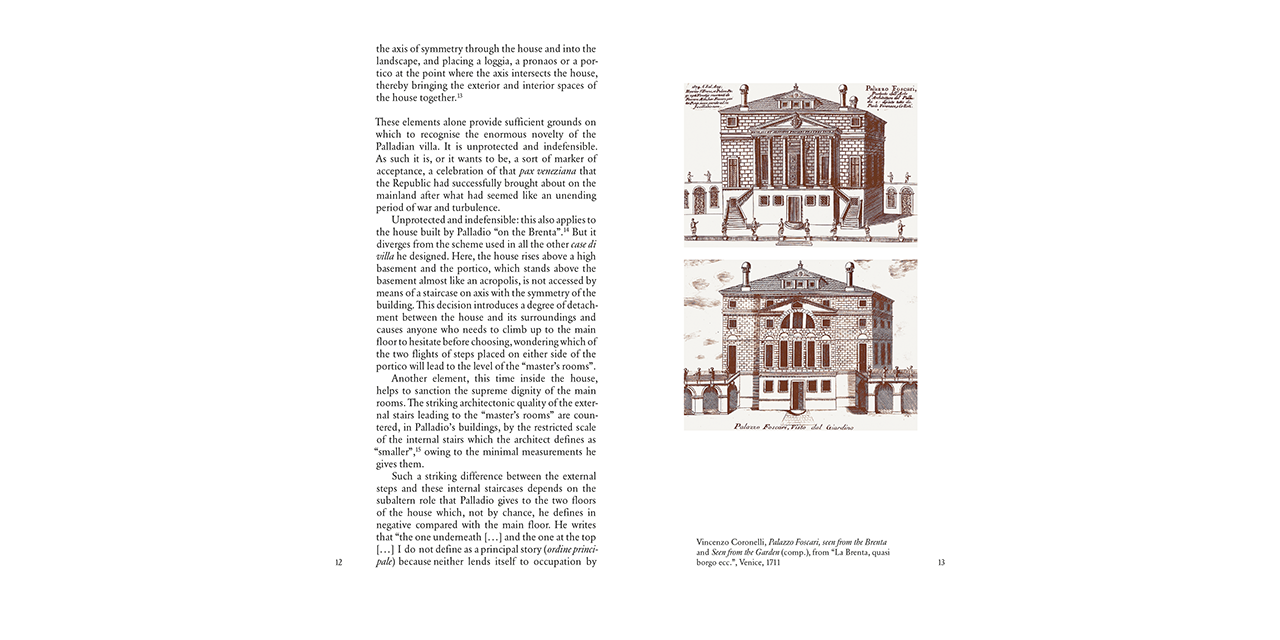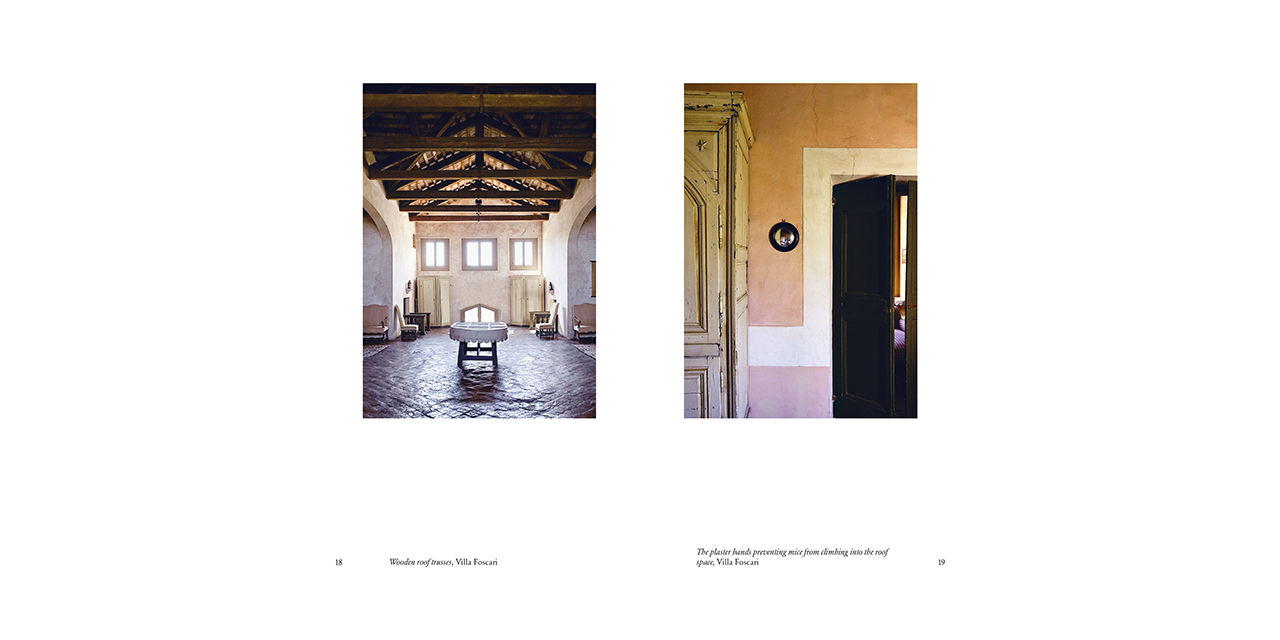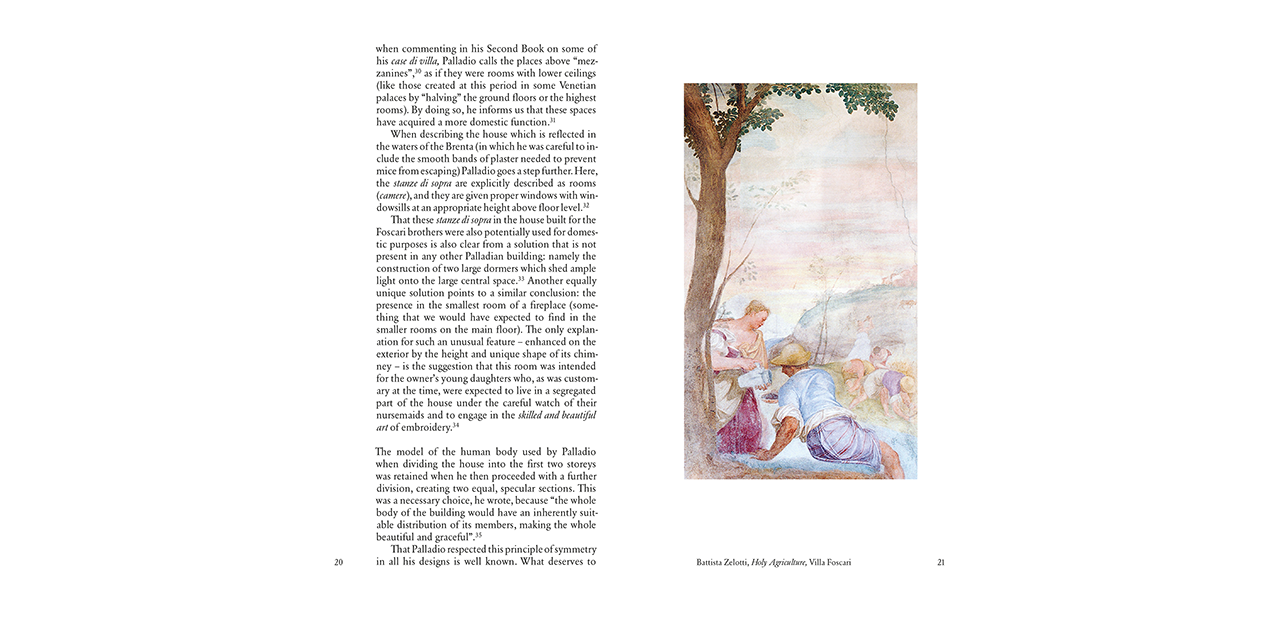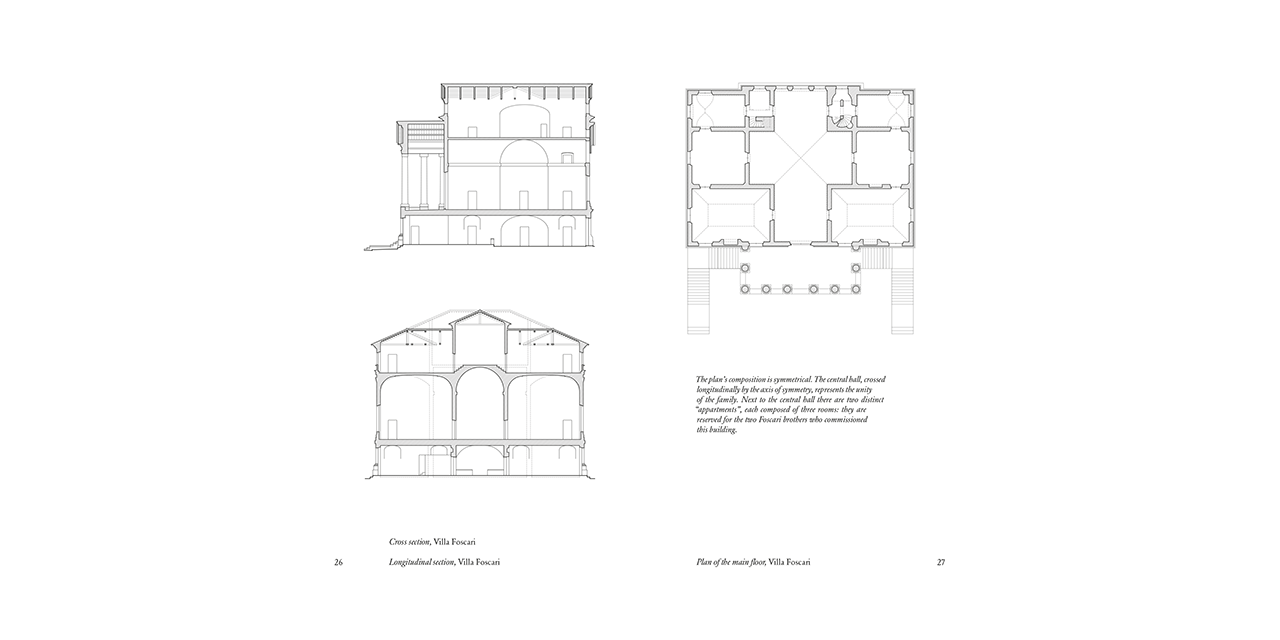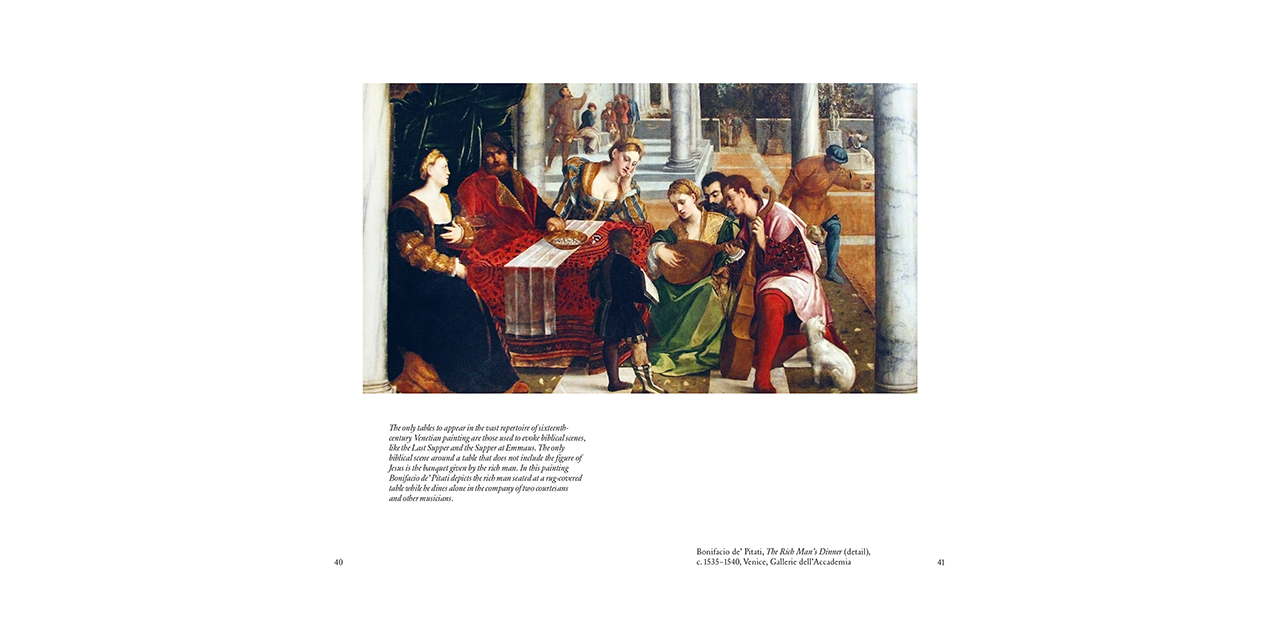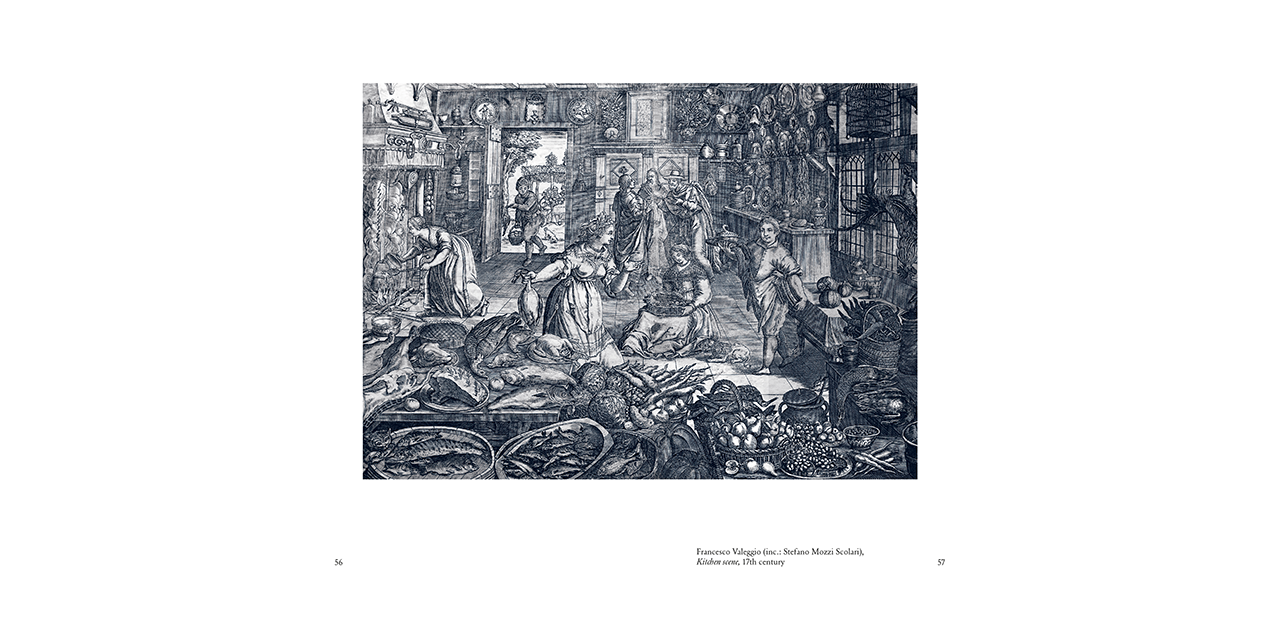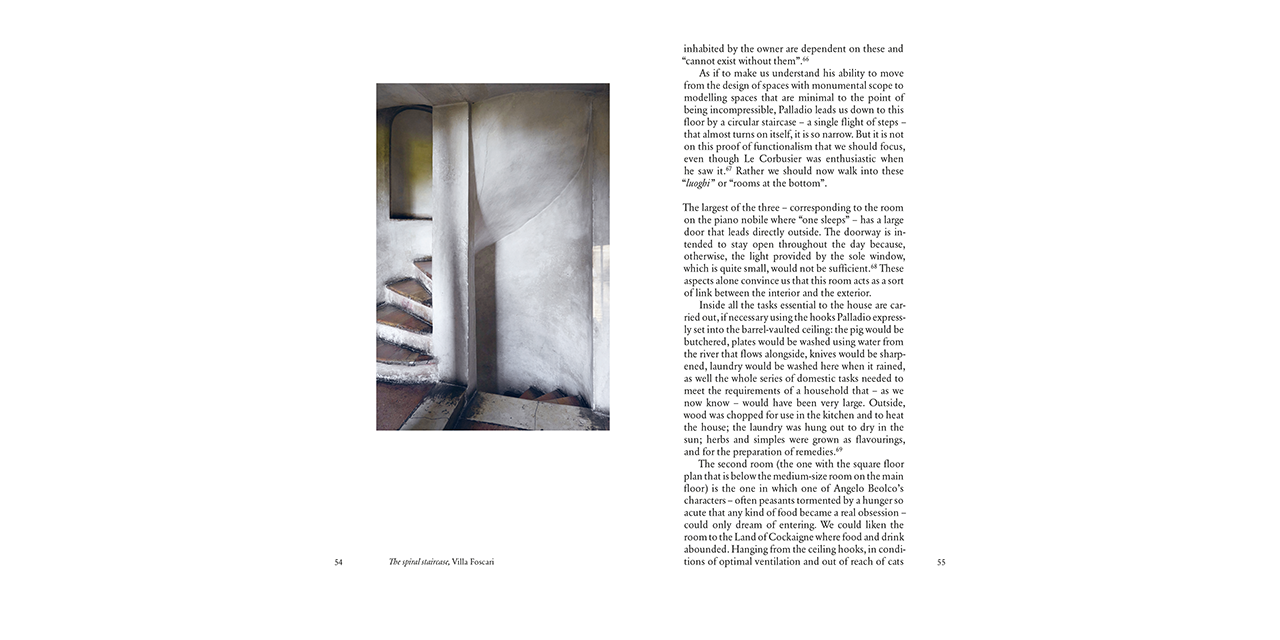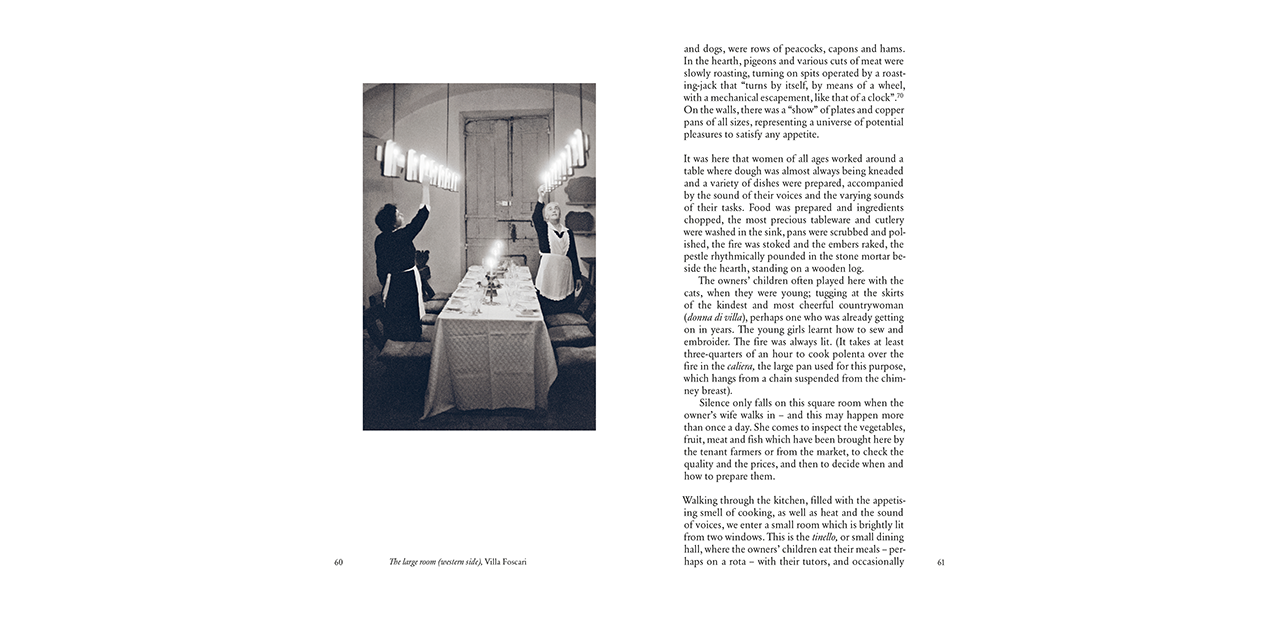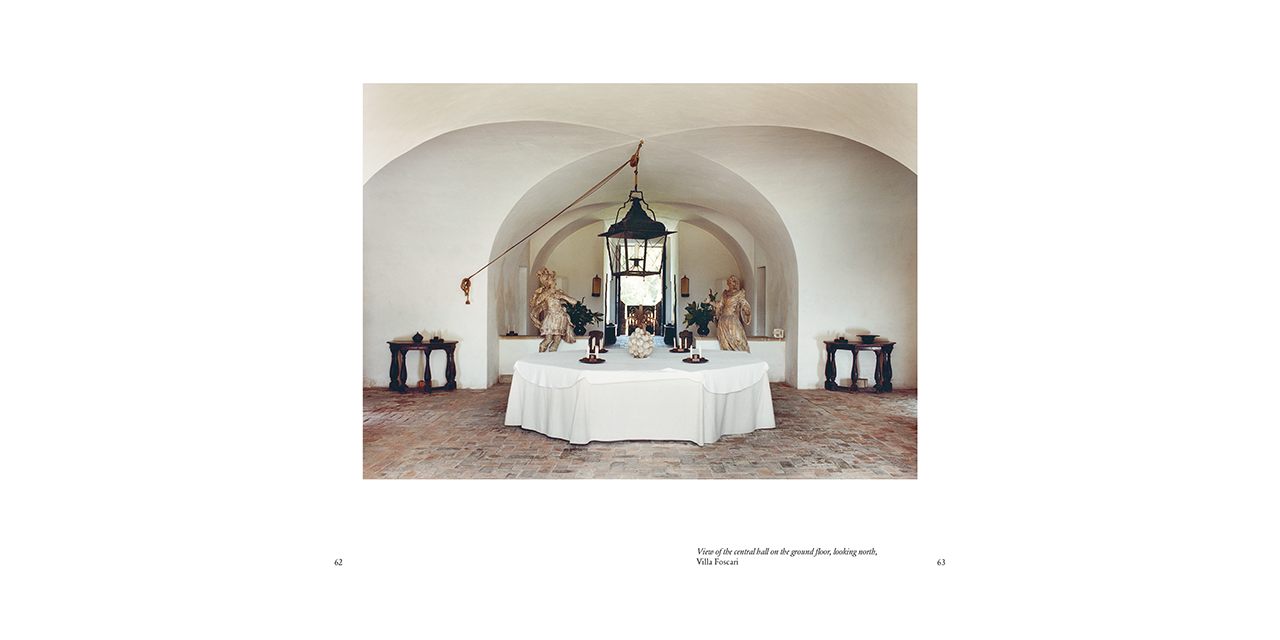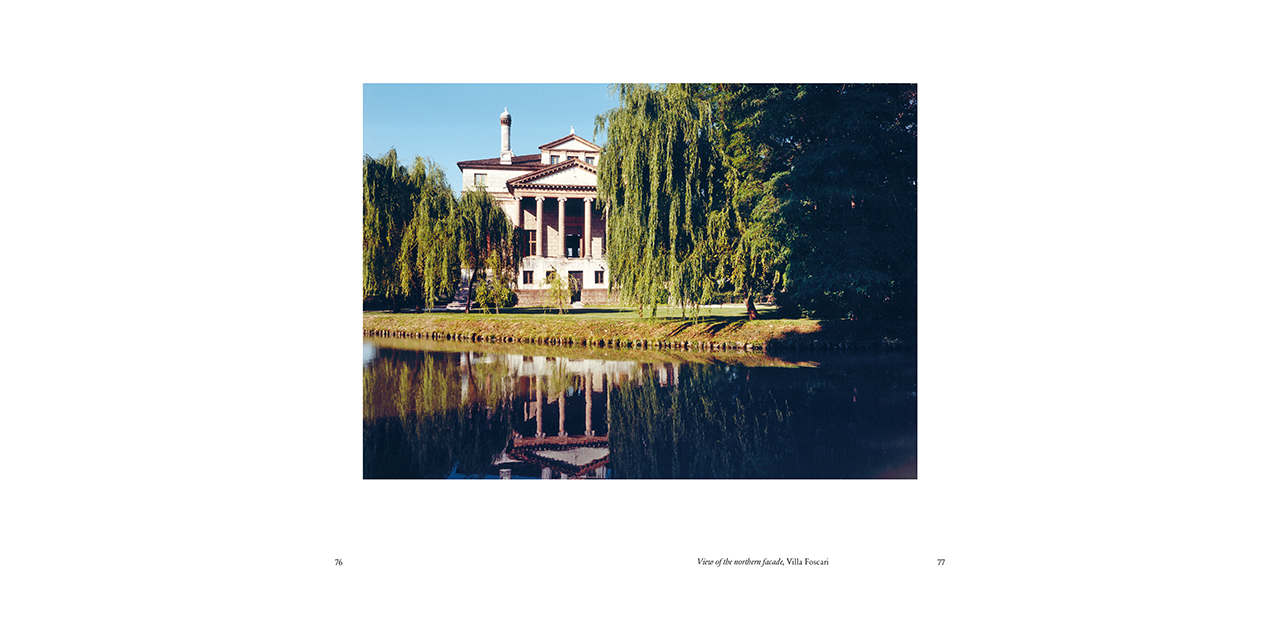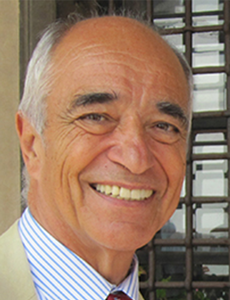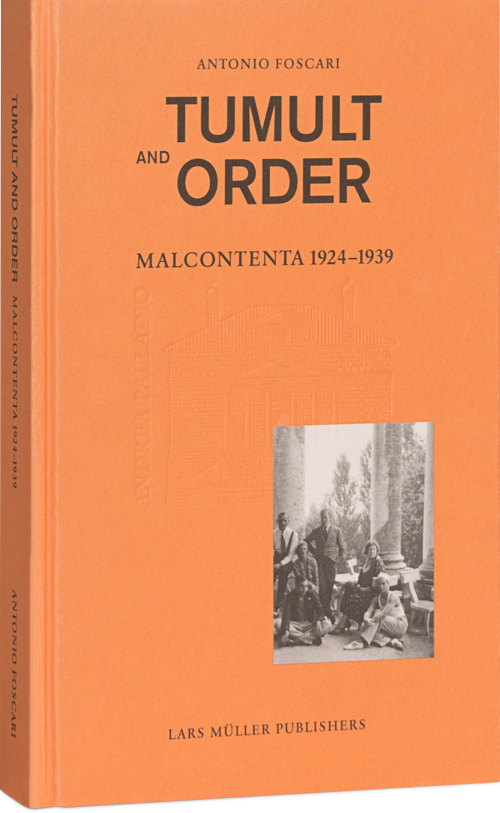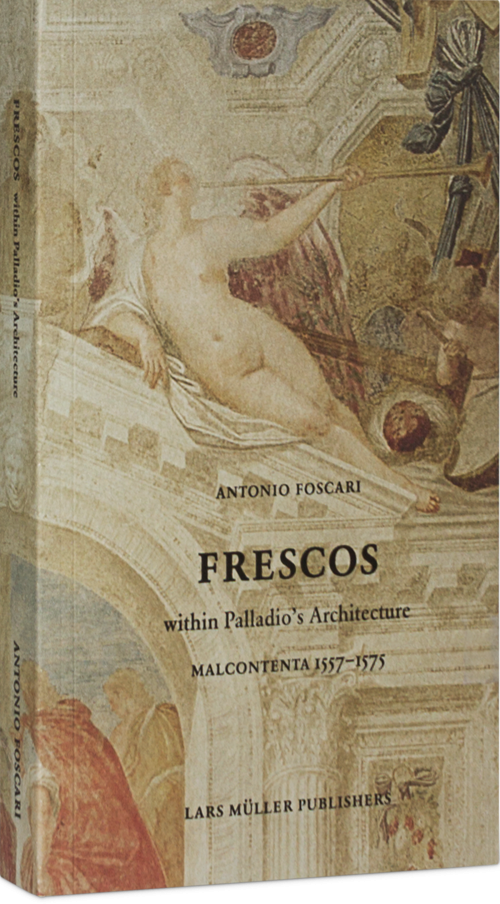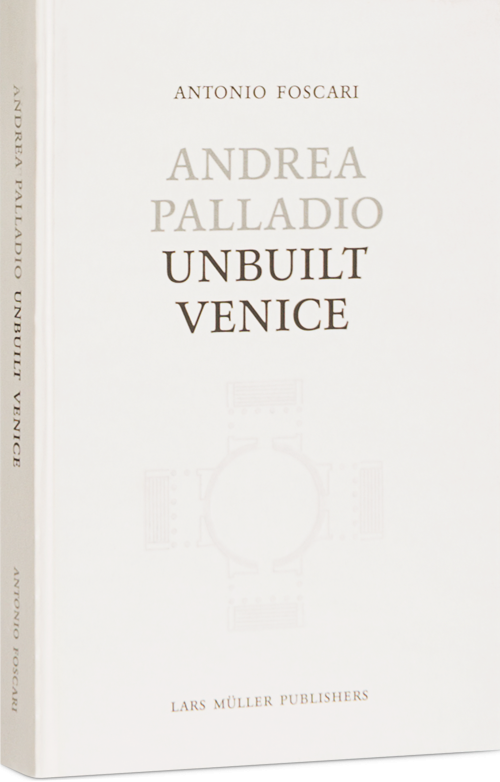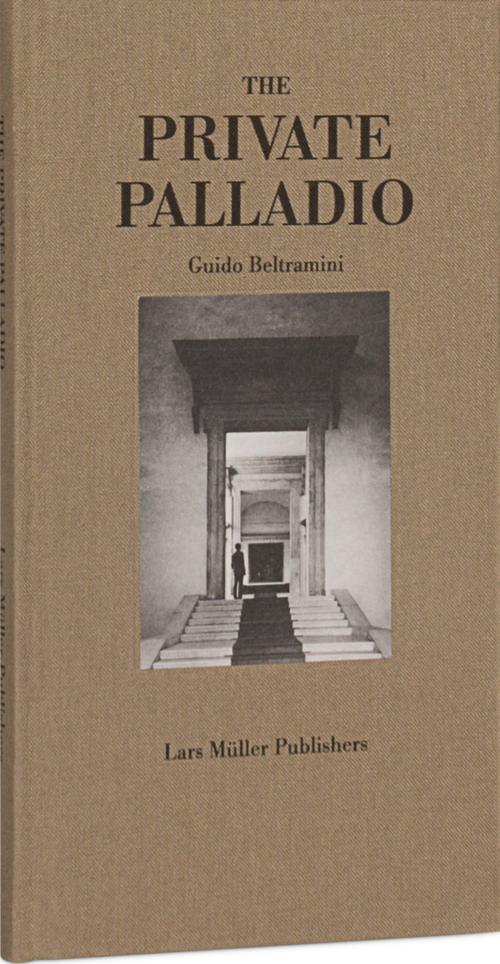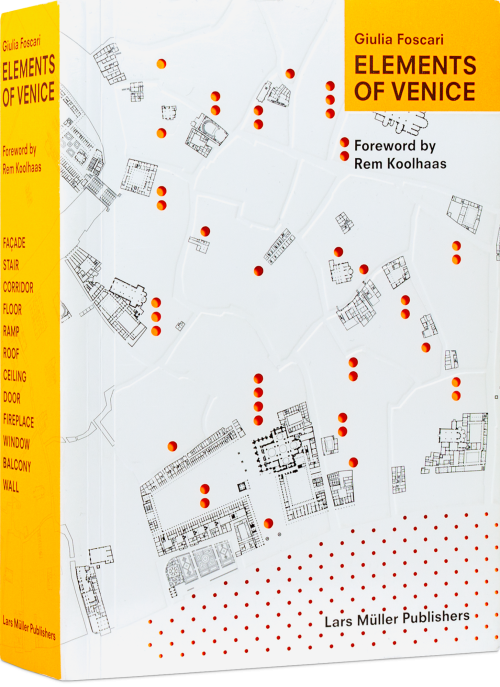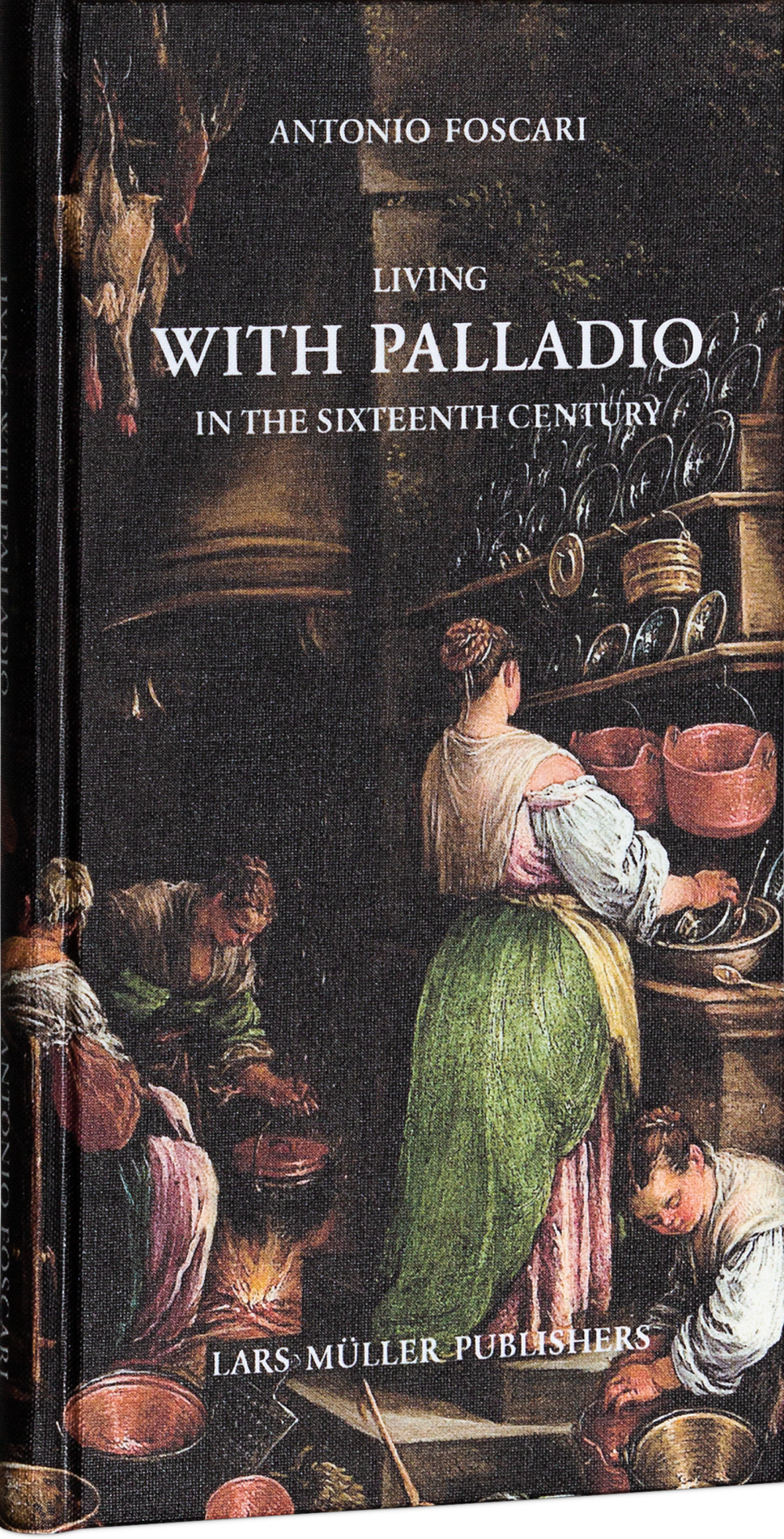
Living with Palladio in the Sixteenth Century
Visiting the villas built by Andrea Palladio (1508–1580), one inevitably asks oneself how people lived there in the sixteenth century. Palladio articulated the villas as "small towns" (piccole città) that formed a unit with adjacent service buildings and farm fields. Within their walls lived a multitude of people of all ages, social backgrounds and various skills. They were the venue for significant moments of public life. In these houses, the principles of hygiene, privacy and comfort, which we consider essential today, did not apply; furniture as such, did not exist.
Living with Palladio in the Sixteenth Century investigates how Palladio’s houses, their floors, rooms and measurements are designed to structure the life of such a heterogeneous family of people. It analyzes their hierarchical structure with the owner (padrone) at the top and everyone involved in the everyday running of the household (famiglia minuta) at the bottom. This book fills a decisive gap in research literature on the famous Italian architect by looking at how Palladio prioritized the domestic functions of his private buildings.
Visiting the villas built by Andrea Palladio (1508–1580), one inevitably asks oneself how people lived there in the sixteenth century. Palladio articulated the villas as "small towns" (piccole città) that formed a unit with adjacent service buildings and farm fields. Within their walls lived a multitude of people of all ages, social backgrounds and various skills. They were the venue for significant moments of public life. In these houses, the principles of hygiene, privacy and comfort, which we consider essential today, did not apply; furniture as such, did not exist.
Living with Palladio in the Sixteenth Century investigates how Palladio’s houses, their floors, rooms and measurements are designed to structure the life of such a heterogeneous family of people. It analyzes their hierarchical structure with the owner (padrone) at the top and everyone involved in the everyday running of the household (famiglia minuta) at the bottom. This book fills a decisive gap in research literature on the famous Italian architect by looking at how Palladio prioritized the domestic functions of his private buildings.
«Antonio Foscari ist mit seinem Buch über das "Leben mit Palladio" eine "home-story" gelungen, die den gesamten sozialgeschichtlichen Kontext der italienischen Villa und ihrer famiglia in ihrer ganzen Fülle wiedererstehen lässt.»
– der architekt
